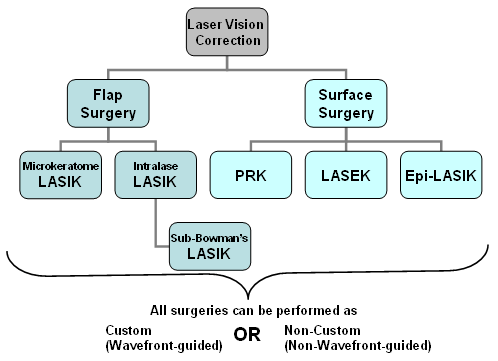Assessing The Pros And Cons Of Conventional Cataract Surgical Procedure Compared To Laser-Assisted Techniques
Assessing The Pros And Cons Of Conventional Cataract Surgical Procedure Compared To Laser-Assisted Techniques
Blog Article
Article Writer-Ennis Christensen
When pondering the selection in between conventional cataract surgical treatment and laser-assisted techniques, you might find yourself weighing the advantages and drawbacks each approach uses. The choice surpasses the surface area degree of cost and precision, delving right into the world of lasting results and person satisfaction. As you navigate with the complexities of these two methods, it becomes crucial to comprehend the nuanced details that can substantially influence your visual quality and overall experience. Stay tuned to reveal the important elements that will guide your decision-making procedure in this critical aspect of eye care.
Conventional Cataract Surgical Procedure Advantages And Disadvantages
When considering conventional cataract surgery, you might find that it's a well-established and widely-used strategy. In this treatment, a cosmetic surgeon makes a little laceration in the eye and utilizes ultrasound to separate the cloudy lens before removing it. As soon as the cataract is removed, a synthetic lens is inserted to restore clear vision.
Among the primary advantages of traditional cataract surgery is its record of success. Numerous patients have had their vision substantially enhanced through this procedure. Additionally, traditional surgical treatment is frequently covered by insurance policy, making it a more obtainable alternative for many people.
Nevertheless, there are some drawbacks to traditional cataract surgery also. Recovery time can be longer compared to more recent techniques, and there's a slightly greater threat of complications such as infection or inflammation. Some patients may additionally experience astigmatism or require analysis glasses post-surgery.
Laser-Assisted Techniques Pros and Cons
Discovering laser-assisted strategies for cataract surgical treatment introduces a modern technique that uses laser modern technology to do key action in the procedure. One of the primary benefits of laser-assisted cataract surgery is its accuracy. The laser permits exceptionally exact cuts, which can result in much better aesthetic end results. In addition, making use of lasers can reduce the quantity of ultrasound power needed during the surgery, possibly lowering the risk of problems such as corneal damage.
On the disadvantage, laser-assisted techniques can be much more expensive contrasted to standard methods. This cost mightn't be covered by insurance coverage, making it much less available to some individuals.
One more factor to consider is that not all cataract specialists are trained in laser modern technology, which can limit your options for choosing a cosmetic surgeon.
Last but not least, while the laser can automate certain elements of the treatment, the surgical treatment still calls for a proficient cosmetic surgeon to make certain effective results.
Relative Evaluation of Both Techniques
For an extensive understanding of cataract surgery techniques, it's vital to conduct a relative analysis of both conventional and laser-assisted methods.
Standard cataract surgery includes hand-operated lacerations and using portable tools to separate and eliminate the cloudy lens.
On the other hand, laser-assisted cataract surgery makes use of innovative technology to develop exact incisions and break up the cataract with laser energy prior to removing it.
In https://www.mirror.co.uk/sport/football/news/jurgen-klopp-eye-operation-means-24761848 to precision, laser-assisted strategies supply a greater level of accuracy compared to standard approaches. Making use of lasers enables customization of the treatment based on each patient's eye anatomy, potentially bring about much better aesthetic end results.
Nonetheless, source website -assisted cataract surgery has a tendency to be a lot more pricey than traditional surgical procedure, which may limit ease of access for some individuals.
While both techniques work in bring back vision damaged by cataracts, the selection between typical and laser-assisted techniques commonly relies on variables such as expense, accuracy, and specific client demands.
Consulting with your ophthalmologist can help identify the most ideal technique for your cataract surgical procedure.
Final thought
To conclude, when deciding in between traditional cataract surgery and laser-assisted methods, think about factors like expense, accuracy, and specific requirements. Standard surgery uses a tried and tested record and insurance protection yet may come with longer recovery times. Laser-assisted methods give greater accuracy and modification but can be much more pricey and not always covered by insurance coverage. Ultimately, the selection between both methods depends upon what is essential to you and your certain circumstance.
